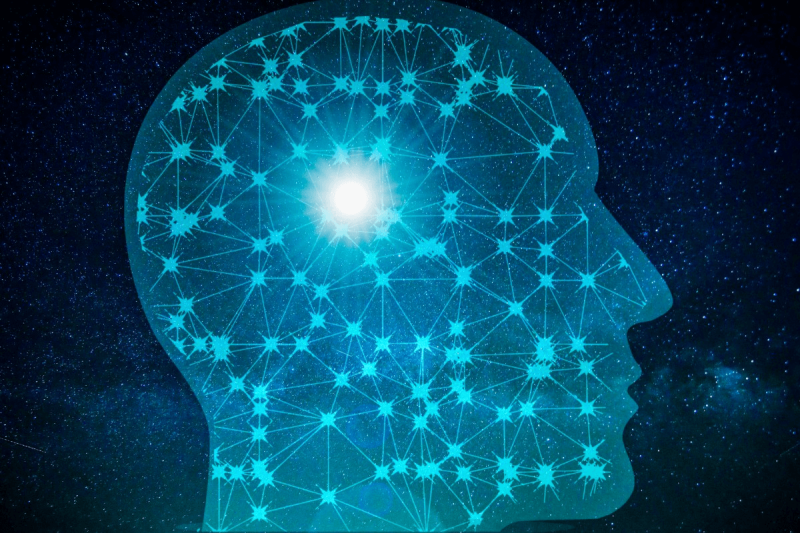It’s certainly true that Homo sapiens, as a species, have large brains. But what this means is increasingly murky. Evidence from palaeoanthropology suggests that some species, such as the “hobbits” Homo floresiensis and Homo naledi, performed complex behaviours despite having fairly small brains. These reports are contentious. However, there is also gathering evidence from genetics and neuroscience that brain size is far from the be-all-and-end-all of intelligence.
Instead, changes to the brain’s wiring diagram, to the shapes of neurons, and even to when and where certain genes are turned on, are all equally if not more important. Size, as we might have guessed, isn’t everything.
We have come a long way from simply comparing the sizes of different primates’ brains. Scientists are now looking at changes in genome sequences, changes in gene expression, changes in cell shape and behaviour, and changes in the brain’s wiring diagram. What we are missing is “understanding how all of these elements, as an interplay, become a system and this system shapes our behaviour”, says [neuroscientist Martijn] van den Heuvel.































